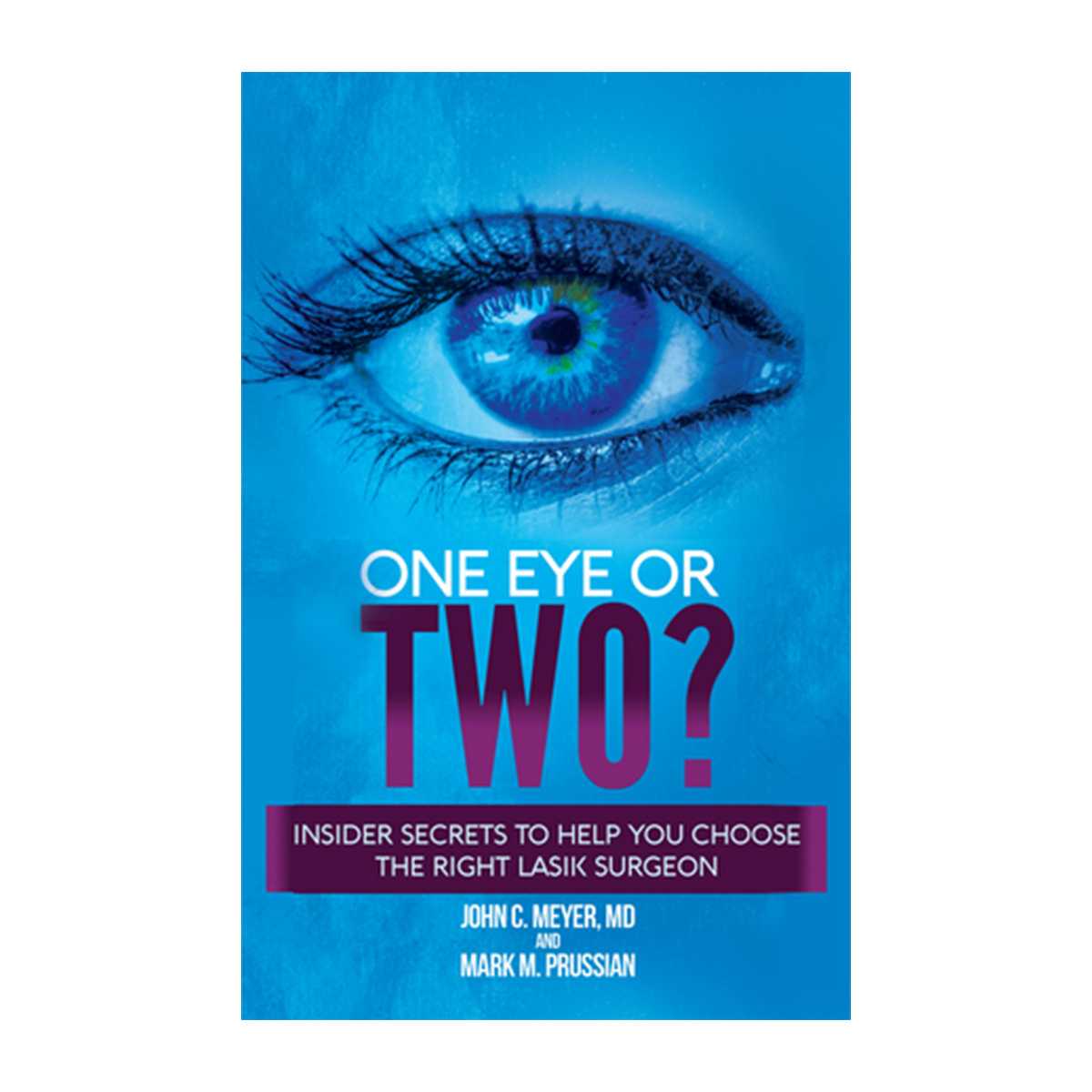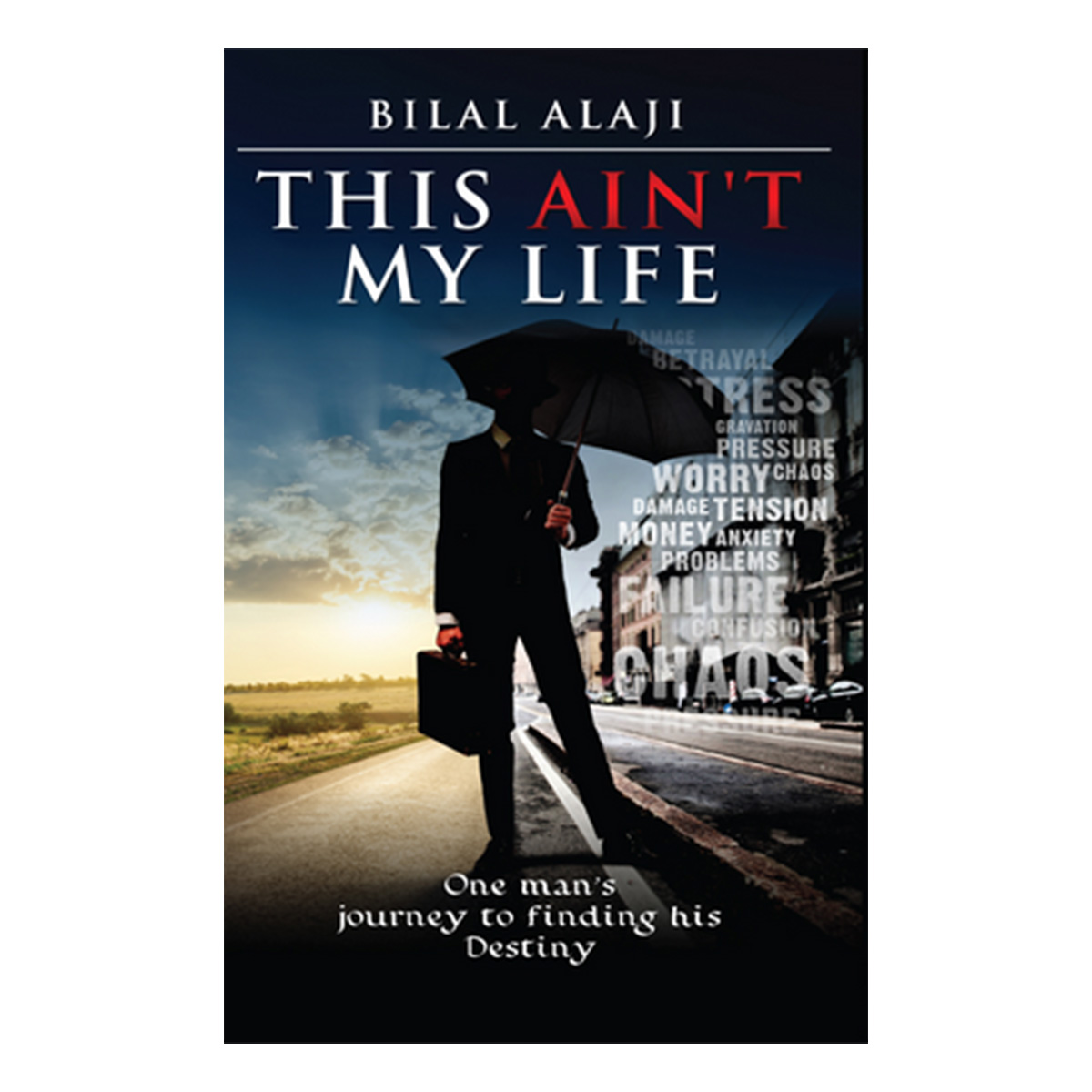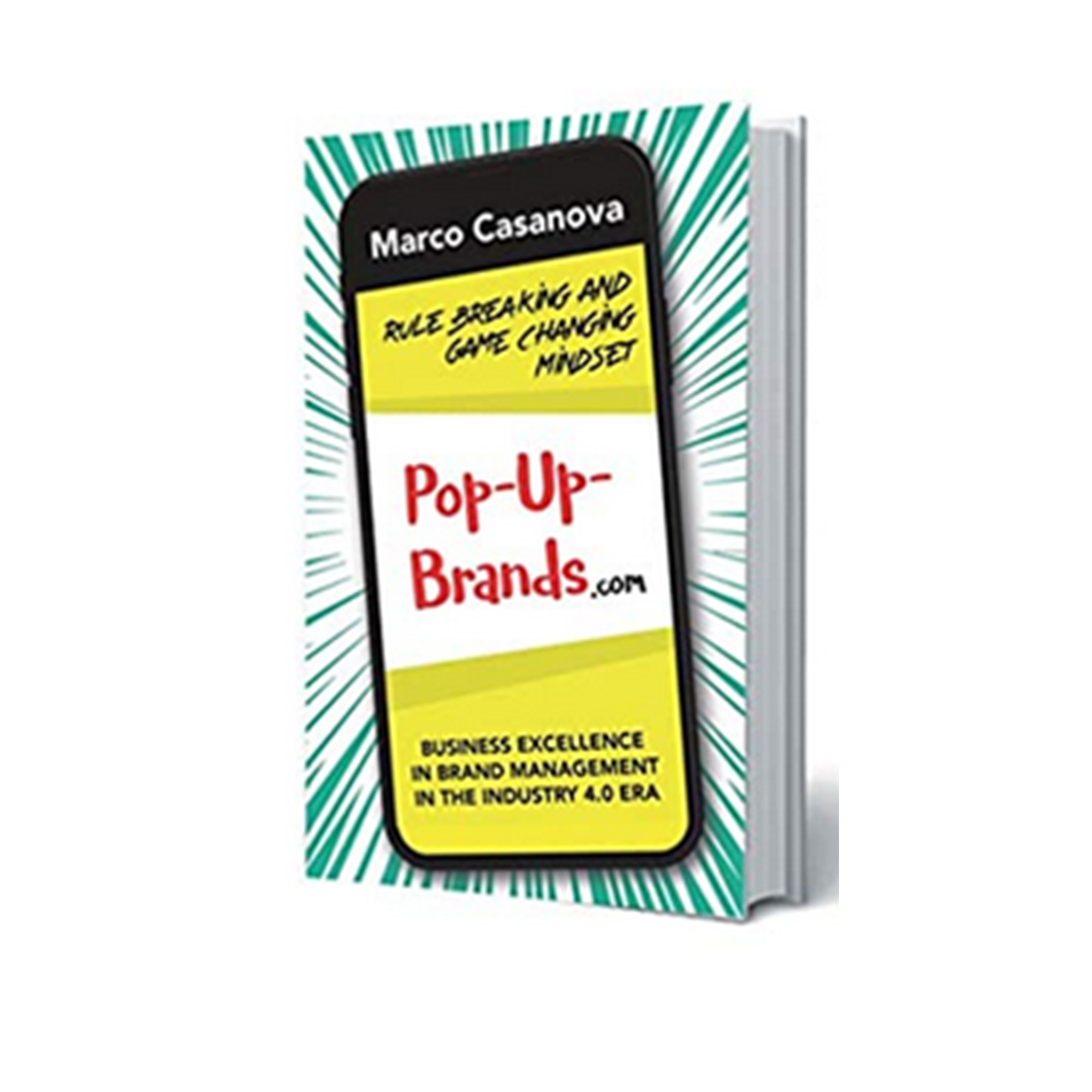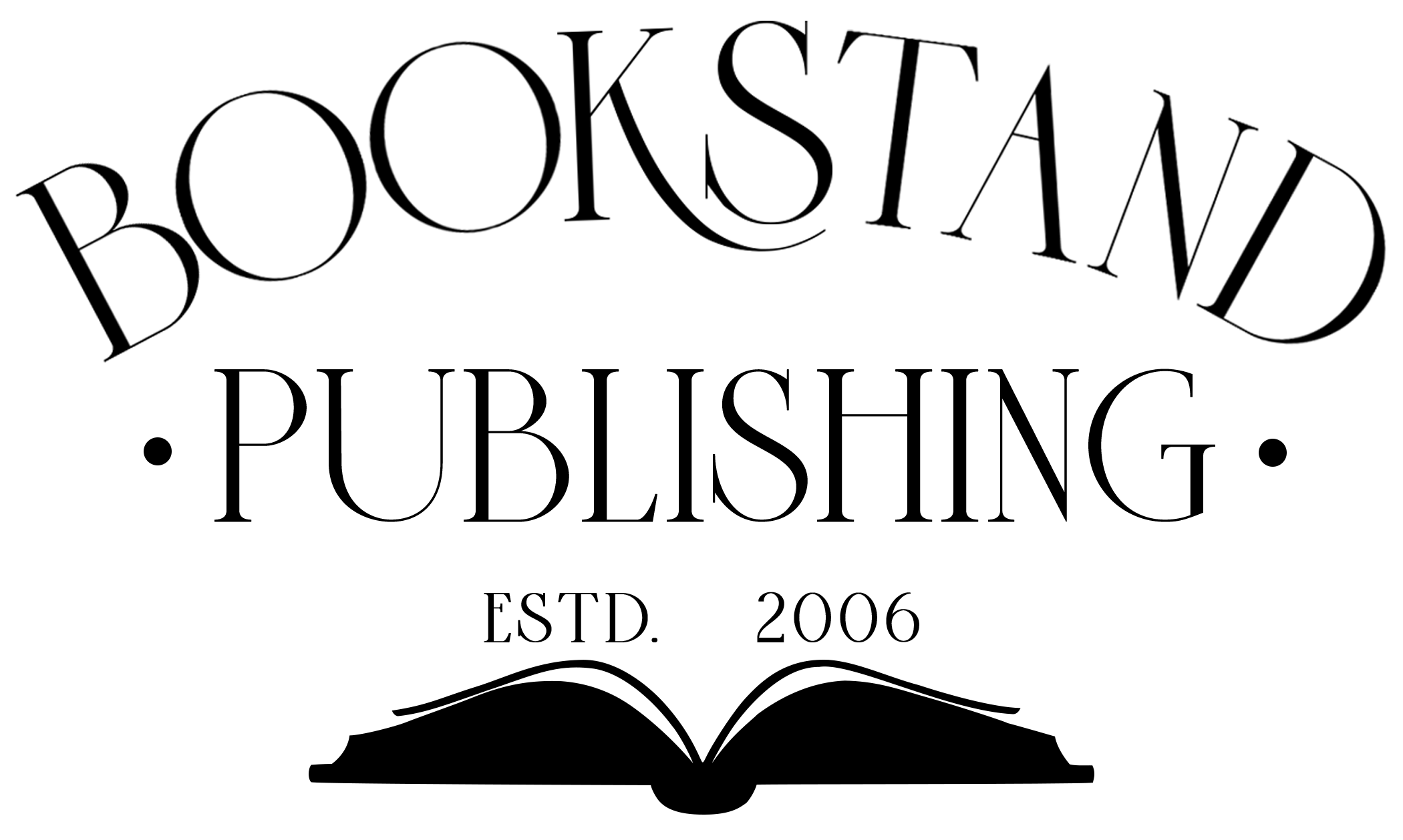Here are the items you need to have in order to get your self published book inside brick and mortar bookstores:
1. The Basics
No bookstore will put your book on their shelf, unless you have the essential items below.
- ISBN number
- Bowkers Books in Print Registration
- Distribution through the wholesaler Ingram and/or Baker & Taylor
- Print on Demand order fulfillment
- Hardcover or Paperback binding
Most self publishing companies will provide these items to you as a part of their basic services.
2. Return Program
With a few exceptions, brick and mortar bookstores will not carry your book unless it is “returnable.” “Returnable” means that bookstores can return any unsold books for a full refund with no penalty or restocking fee.
Most (but not all) self publishing companies provide a Return Program for an additional fee. Shop for this service carefully, as the fee for this service can vary widely. (Xlibris, for example, charges $1,299 for this service whereas Bookstand Publishing charges only $299).
3. Acceptable Bookseller Discount
Bookstores normally want at least 40% + of the retail price of your book to carry the book in their stores. That is, if your book sells for $10, and someone buys the book in their store, they want at least $4 for themselves and to give the wholesaler (Ingram or Baker and Taylor) the remaining $6. From the remaining $6, the wholesaler will take a percentage and from the rest your publisher will need to pay for the cost of the book that was printed and sold and pay you a royalty.
If you don’t ask, most self publishing companies will give your book a 35% percent discount through the wholesaler, which is enough to get your book carried by online retailers (like Amazon and Barnesandnoble.com) but not enough to get your book carried on bookstore shelves. You should work with your self publishing company to establish a discount that will make your book attractive to bookstores. This may involve being sure the price of your book is high enough so that an acceptable discount may be given to the wholesaler and bookstore.
4. Bookstore Marketing Plan
Keep in mind that just because your book has the basics, is returnable, and has an acceptable discount, does not mean that bookstores will automatically stock your book on their shelves. It only means that you now offer terms to the bookstores that are similar to what traditional publishing companies offer them. You still have to sell them on carrying your book.
Here are several ways to do this:
a. Approach your local bookstore and tell them you are a local author
Ask your local bookstore to carry a small quantity of your book that they can promote as written by a local author. Let them know that your book is carried by Ingram (or Baker and Taylor) and that it is returnable.
b. Schedule books signings and readings.
You should approach bookstores and let them know that you would like to do a book signing and what you plan to do to promote the book signing (e.g. advertising, postcard mailing, etc…)
Keep in mind that no matter what the store manager says, he or she does have the authority to order copies of books into the store and to set up book signings. If he or she is telling you they can’t do it, it is because you haven’t sold them on the idea that your store event will help their store.
c. Advertise your book directly to the bookstores.
There are a variety of magazines and e-zines that go to bookstores promoting new books. Both Ingram and Baker and Taylor have advertising programs that may be appropriate for your book. Your self publishing company should be able to review these options with you and see which may be appropriate for your book.
d. Direct sales
Pitching your book directly to the bookstores via in person meetings, phone calls and personal email correspondence can be effective in getting your book carried by bookstores. (E-mail lists and phone numbers organized by city and state including phone numbers and e-mails for most major bookstores are available through Elaine Wilke’s How to Get Your Store in Bookstores Master Course, available through Bookstand Publishing here.)
Article Tags
Here are the items you need to have in order to get your self published book inside brick and mortar bookstores:
1. The Basics
No bookstore will put your book on their shelf, unless you have the essential items below.
- ISBN number
- Bowkers Books in Print Registration
- Distribution through the wholesaler Ingram and/or Baker & Taylor
- Print on Demand order fulfillment
- Hardcover or Paperback binding
Most self publishing companies will provide these items to you as a part of their basic services.
2. Return Program
With a few exceptions, brick and mortar bookstores will not carry your book unless it is “returnable.” “Returnable” means that bookstores can return any unsold books for a full refund with no penalty or restocking fee.
Most (but not all) self publishing companies provide a Return Program for an additional fee. Shop for this service carefully, as the fee for this service can vary widely. (Xlibris, for example, charges $1,299 for this service whereas Bookstand Publishing charges only $299).
3. Acceptable Bookseller Discount
Bookstores normally want at least 40% + of the retail price of your book to carry the book in their stores. That is, if your book sells for $10, and someone buys the book in their store, they want at least $4 for themselves and to give the wholesaler (Ingram or Baker and Taylor) the remaining $6. From the remaining $6, the wholesaler will take a percentage and from the rest your publisher will need to pay for the cost of the book that was printed and sold and pay you a royalty.
If you don’t ask, most self publishing companies will give your book a 35% percent discount through the wholesaler, which is enough to get your book carried by online retailers (like Amazon and Barnesandnoble.com) but not enough to get your book carried on bookstore shelves. You should work with your self publishing company to establish a discount that will make your book attractive to bookstores. This may involve being sure the price of your book is high enough so that an acceptable discount may be given to the wholesaler and bookstore.
4. Bookstore Marketing Plan
Keep in mind that just because your book has the basics, is returnable, and has an acceptable discount, does not mean that bookstores will automatically stock your book on their shelves. It only means that you now offer terms to the bookstores that are similar to what traditional publishing companies offer them. You still have to sell them on carrying your book.
Here are several ways to do this:
a. Approach your local bookstore and tell them you are a local author
Ask your local bookstore to carry a small quantity of your book that they can promote as written by a local author. Let them know that your book is carried by Ingram (or Baker and Taylor) and that it is returnable.
b. Schedule books signings and readings.
You should approach bookstores and let them know that you would like to do a book signing and what you plan to do to promote the book signing (e.g. advertising, postcard mailing, etc…)
Keep in mind that no matter what the store manager says, he or she does have the authority to order copies of books into the store and to set up book signings. If he or she is telling you they can’t do it, it is because you haven’t sold them on the idea that your store event will help their store.
c. Advertise your book directly to the bookstores.
There are a variety of magazines and e-zines that go to bookstores promoting new books. Both Ingram and Baker and Taylor have advertising programs that may be appropriate for your book. Your self publishing company should be able to review these options with you and see which may be appropriate for your book.
d. Direct sales
Pitching your book directly to the bookstores via in person meetings, phone calls and personal email correspondence can be effective in getting your book carried by bookstores. (E-mail lists and phone numbers organized by city and state including phone numbers and e-mails for most major bookstores are available through Elaine Wilke’s How to Get Your Store in Bookstores Master Course, available through Bookstand Publishing here.)









